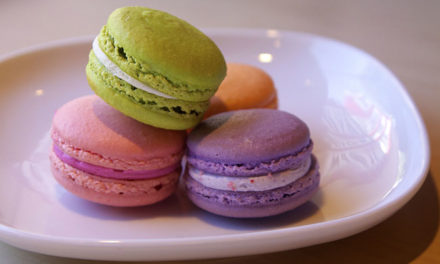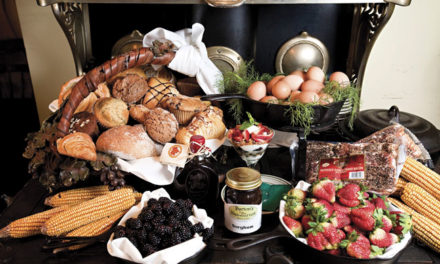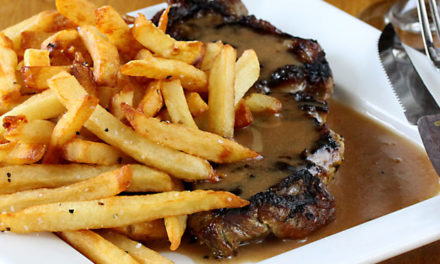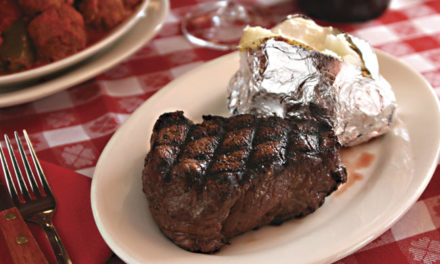

Evesham Wood Pinot Noir Willamette Valley 2016. Photo by Rodney Margison
If you’ve ever finished a bottle of wine, you’ve probably had the experience of pouring the last of it out and finding some unappetizing schmutz in the bottom of your wineglass. So what is it, and how did it get there? The answer probably won’t affect the course of human civilization (well, maybe a smidge), but it may give some insight into why different wines taste the way they do.
Whether or not the schmutz appears depends on the winemaker’s attitude toward intervention in the winemaking process, and the use of “fining” and “filtering” to clarify and/or stabilize new wine.
Fining is a centuries-old method for removing impurities—the coarse debris of stems, spent yeast, and proteins from newly fermented wine—which are either allowed to sink naturally to the bottom of the container or are bound to something like egg whites or clay that sink with them. The somewhat clarified wine above this settled “lees” is then racked (drained off into another vessel), but it retains smaller material that can settle out later.
Filtering and centrifuging are modern processes that remove the smaller material, including bacteria, to stabilize and further clarify the wine. Depending upon their coarseness or fineness, filters can remove little or most of the remaining material.
Some winemakers believe in a non-interventionist, hands-off approach that lets the wine make itself. With little or no fining or filtering, their bottles contain schmutz—sometimes an amount that must be filtered before serving at the table. These winemakers believe that allowing this material to stay in contact with the wine allows it to develop additional flavor and character. Evesham Wood Pinot Noir Willamette Valley 2016 ($25.99, Big Red Liquors) is made without fining or filtration. Château
de Beaucastel Châteauneuf-de-Pape Rouge 2005 ($119.99. Big Red Liquors) is gravity fined and racked multiple times over the year it spends in barrel.
Interventionists favor the use of both fining and filtering in wine production. They claim this results in a quality product that is optically clear, of excellent character, and without schmutz.
An anecdote tells how this attitude, once carried to the extreme, went wrong: Way back in the 1970s, California winemakers determined that buyers wanted their wines clear and without any sediment. Using extreme filtering, their wine was bright and clear all right, but it lost much of its essential flavor and character. Most winemakers now follow an intermediate path between fining and filtering, one that provides clarity and flavor with little or no sediment.
So, which is better? For most everyday drinking, I’m happy with a beautifully clear, clean bottle. But when it comes to that aged bottle from the cellar, I want to see a beautiful layer of schmutz.
And I’ll drink to that.







